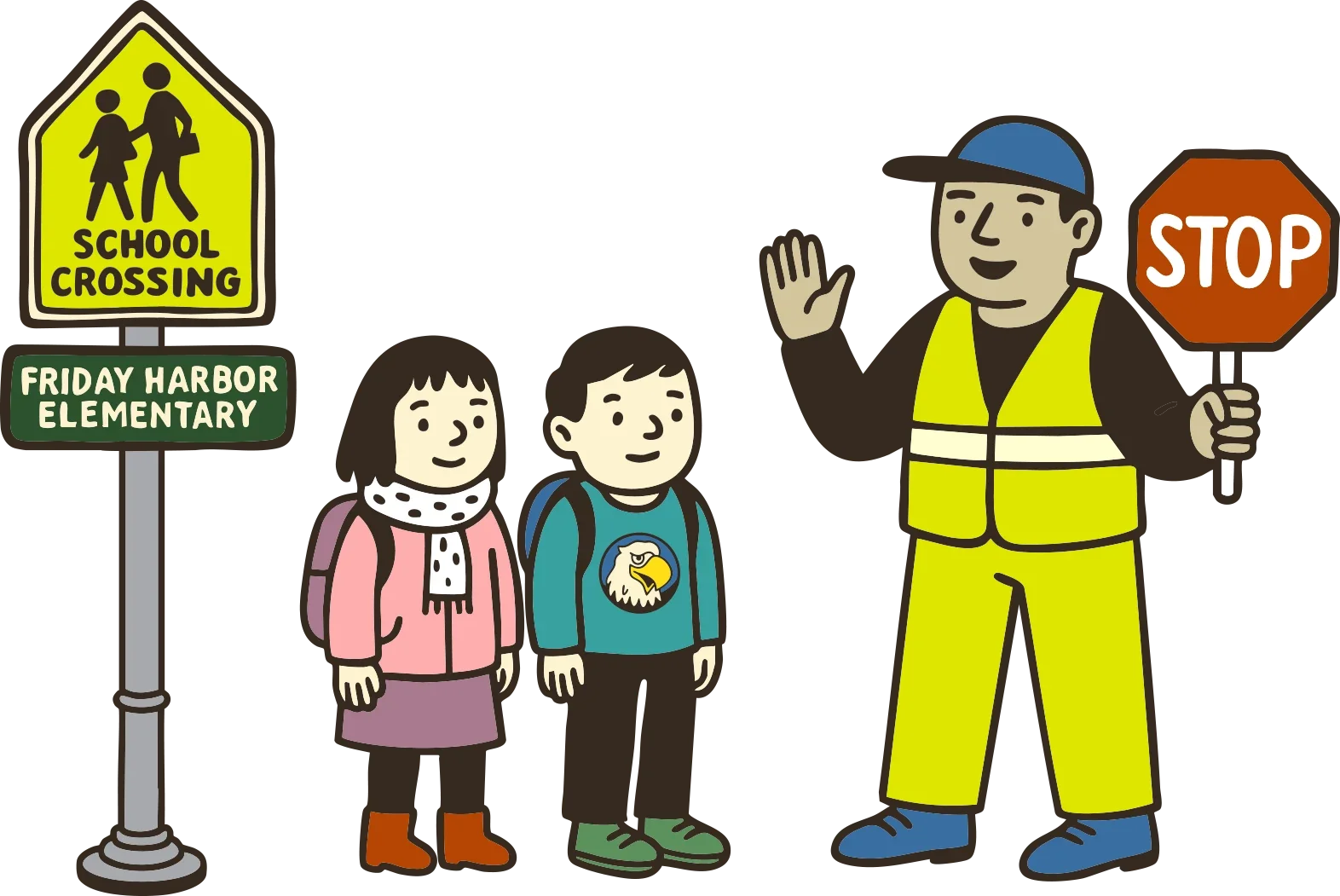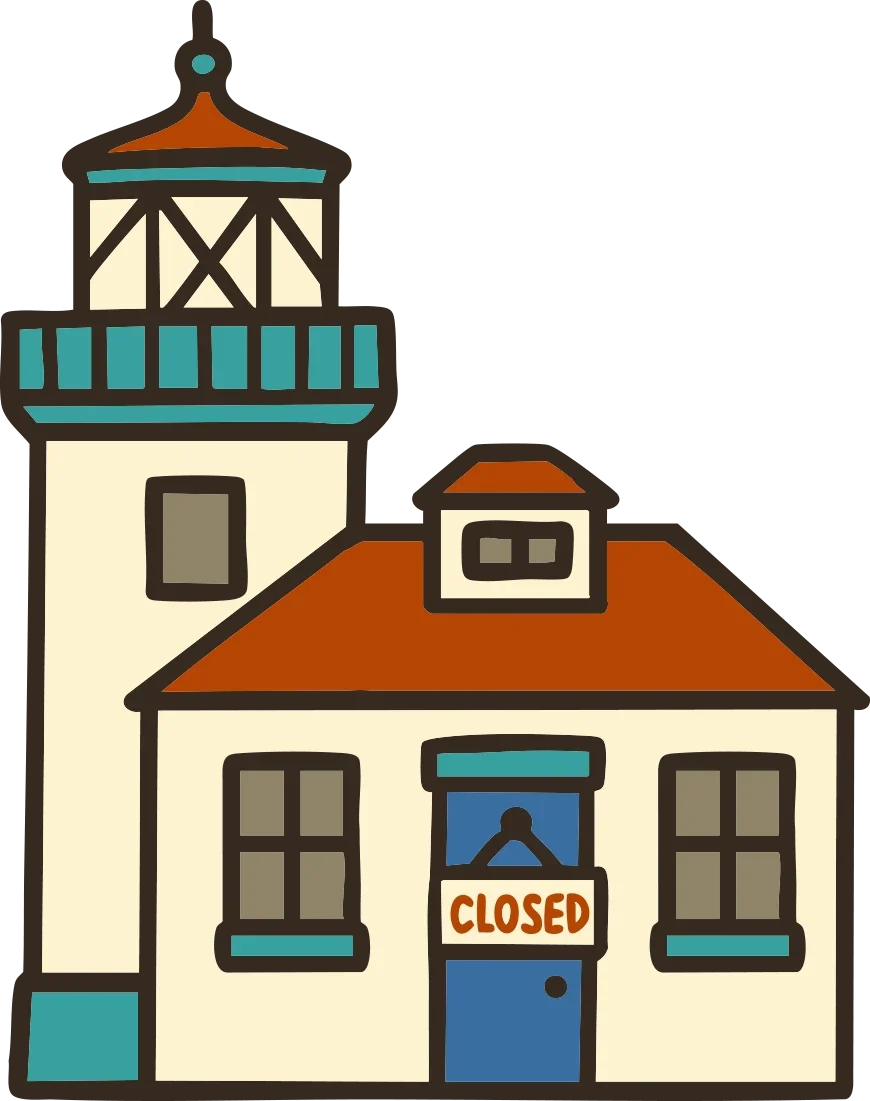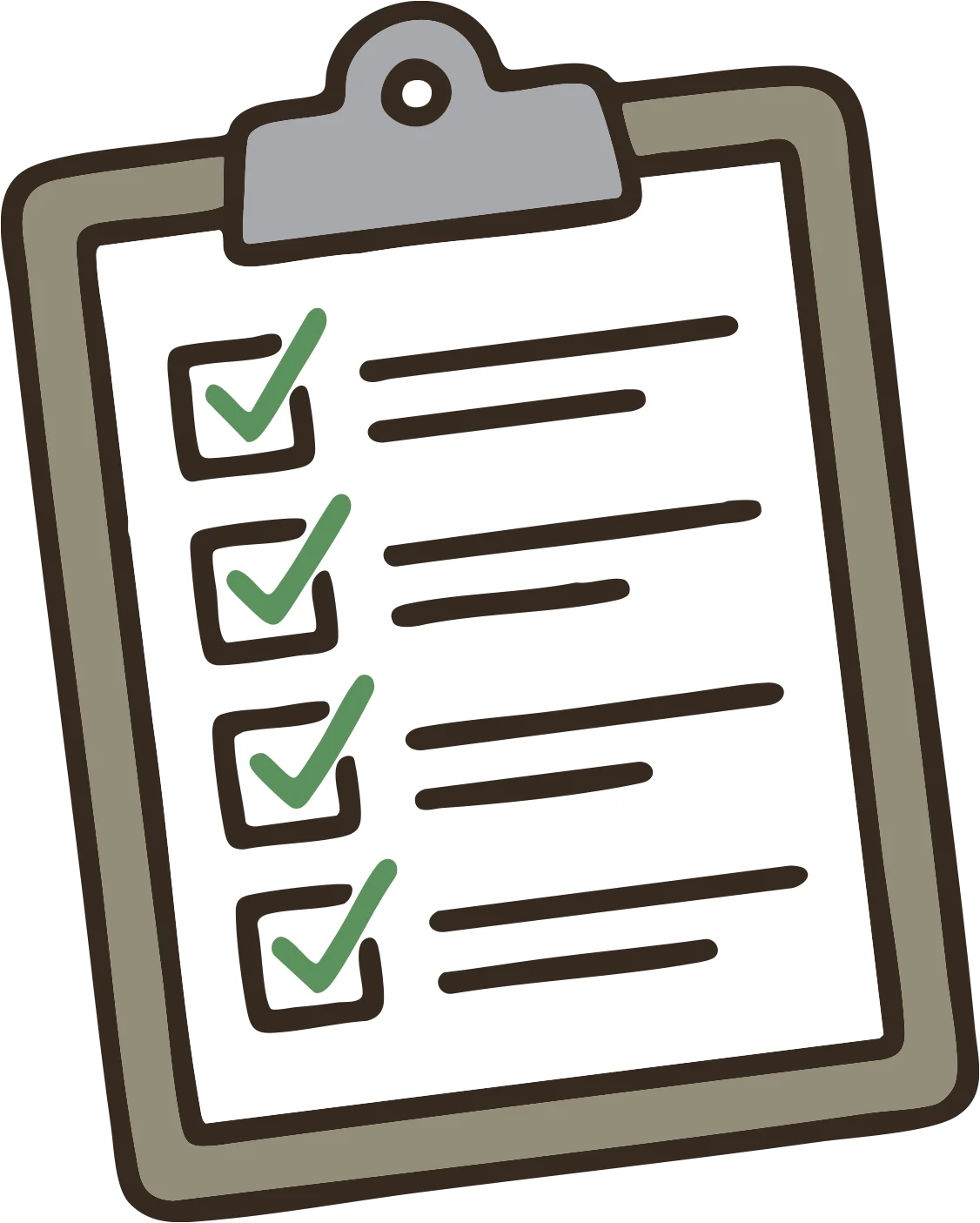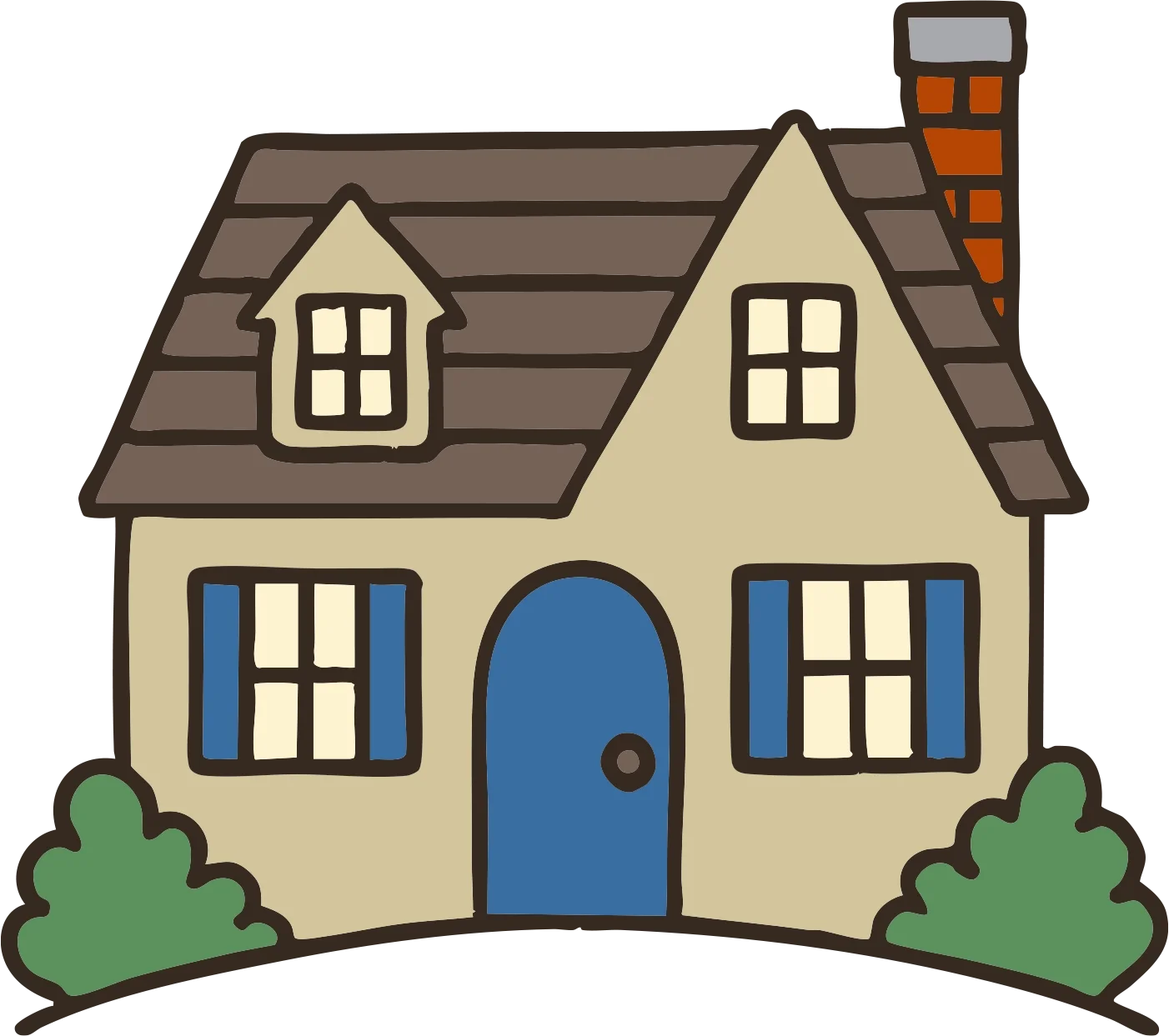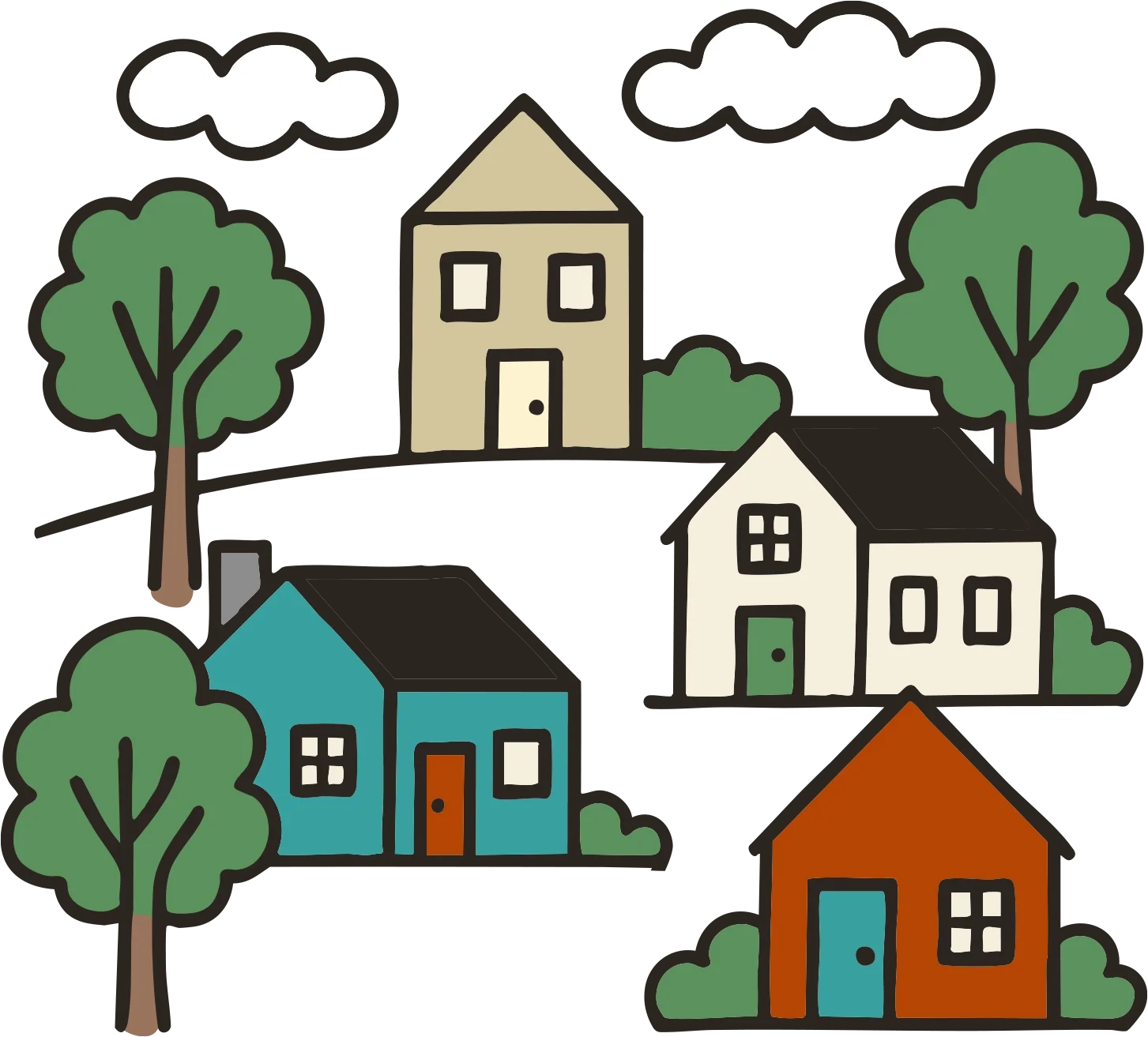Prepare Your Community
Emergency preparedness isn’t just about homes and neighborhoods. It’s also about the places we rely on every day—clinics, schools, grocery stores, food banks, utility co-ops, animal shelters. If these services can’t function during a disaster, recovery becomes much harder.
Whether you manage one of these organizations or just work, volunteer, or shop there, you can help get preparedness on the radar. Even better: get involved and volunteer with your local Fire & EMS agency, library, animal shelter, food back, resource center, transfer station, Red Cross chapter, or the Islands’ Oil Spill Association - ALL of whom will have vital roles to play in a major emergency.
Why It Matters
When disaster strikes, community organizations often become informal support hubs—sometimes without planning to. Clinics may be flooded with requests. Grocery stores may run out of food. Nonprofits may be asked to assist even if their staff can’t get in the building.
A simple emergency plan can help any group keep people safe, protect critical resources, and stay connected.
How to Get Started
Every organization should be able to answer a few basic questions:
How will we communicate with staff and volunteers if power and phones go down?
Can we operate during an extended outage?
Do we have backup water, light, and heating options?
What’s our plan for locking up or evacuating quickly if needed?
Who’s in charge if the usual leaders are unreachable?
And most importantly: what role will we play in helping the community after a disaster?
Most places don’t need a complex binder. A short checklist and some quick conversations are often enough to get things moving.
download the QUAKE toolkit
We’ve put together a template for community organizations or businesses that want to prepare. It’s meant to be practical, not overwhelming. Much of it you might already have in place. And if you’re ready for a quake, you’re probably ready for anything. Feel free to reach out with questions!
Share it with your workplace, your kid’s school, your church, your favorite local nonprofit, or any place you count on. One person starting the conversation can make a difference.
Community preparedness works best when it’s built on strong foundations.
Make sure your home is ready and your neighborhood is connected—both are key to keeping the islands resilient.


